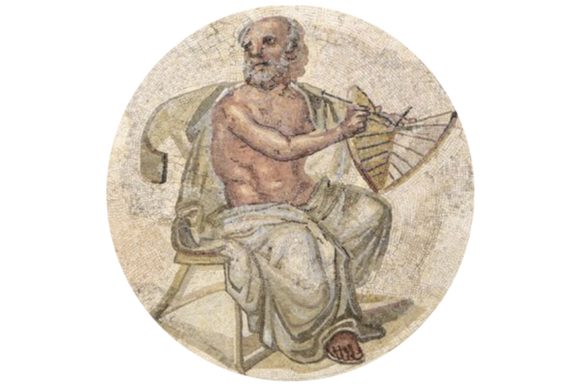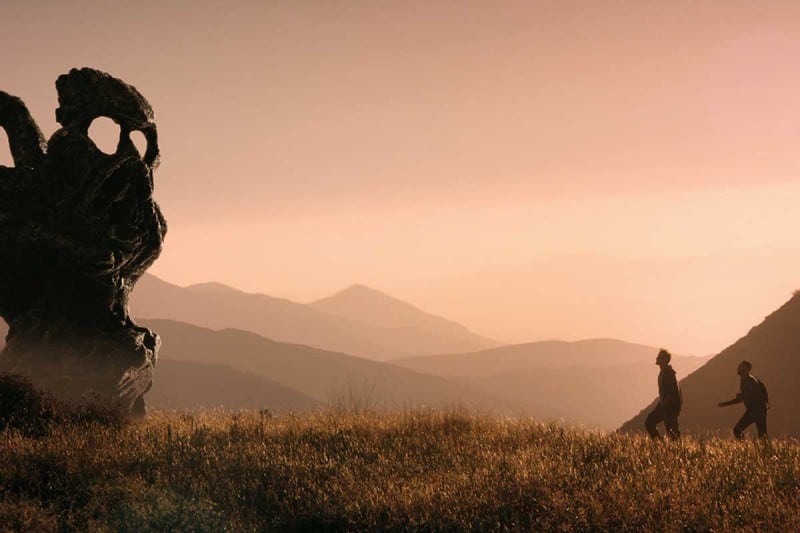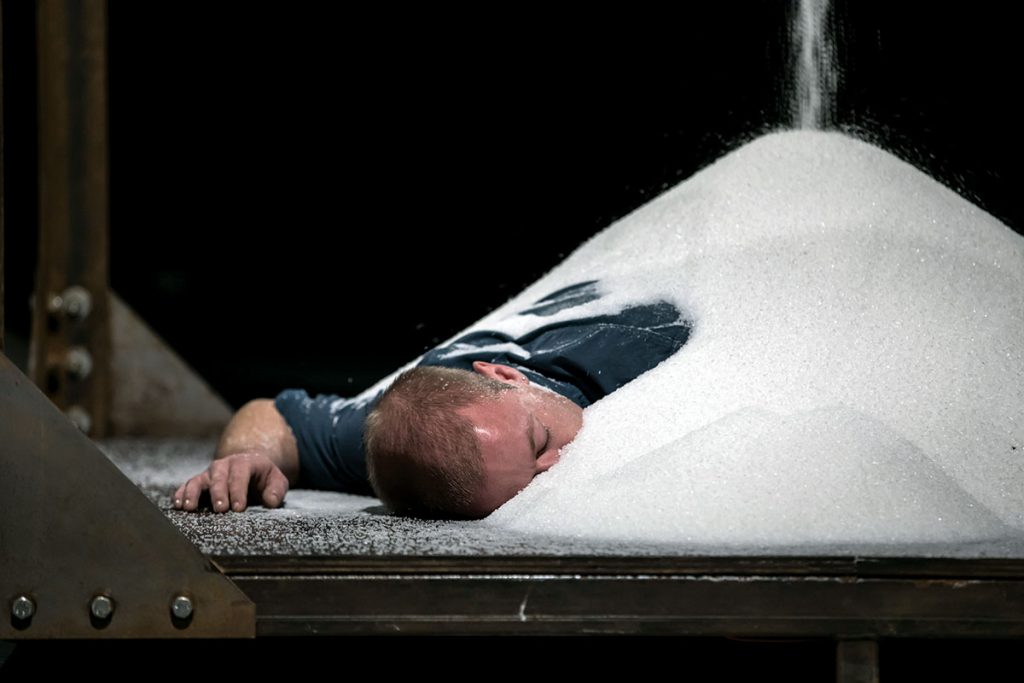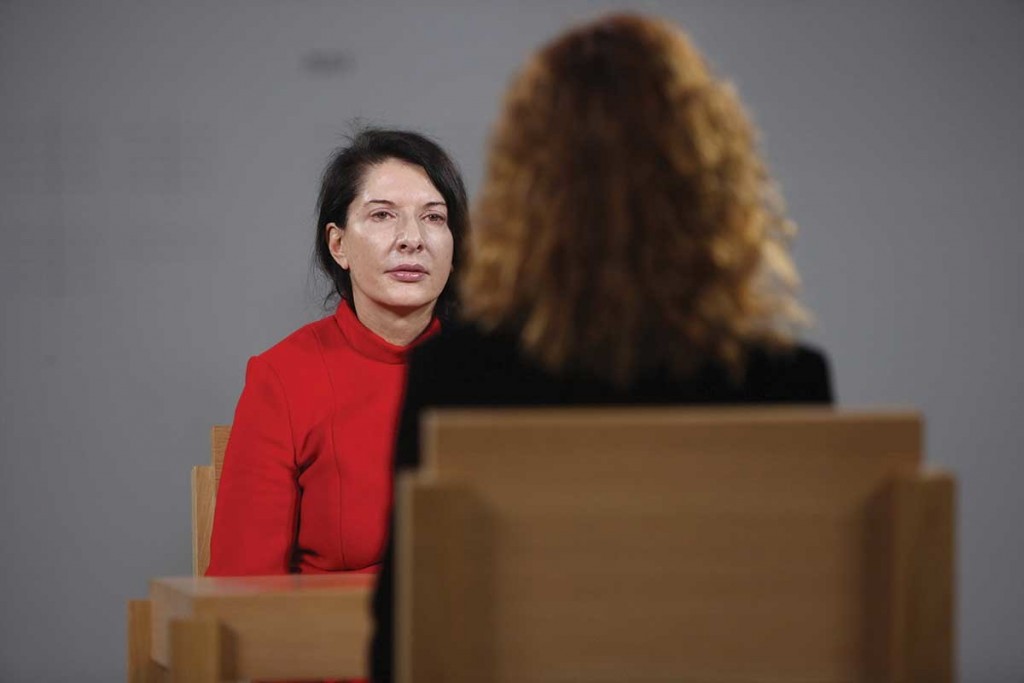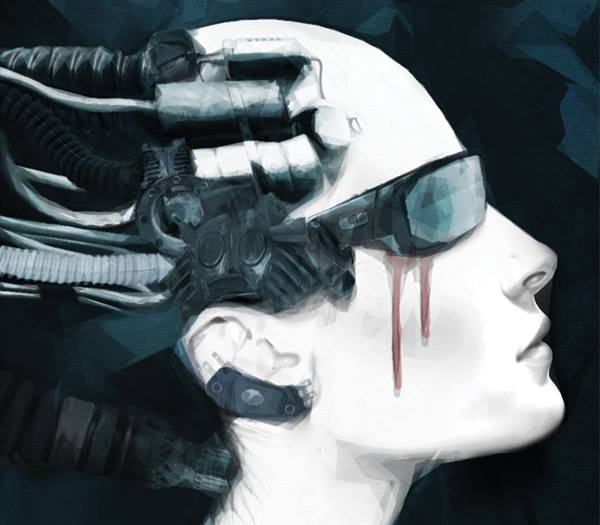Reading Joseph Mazur’s The Clock Mirage for The Spectator, 27 June 2020
Some books elucidate their subject, mapping and sharpening its boundaries. The Clock Mirage, by the mathematician Joseph Mazur, is not one of them. Mazur is out to muddy time’s waters, dismantling the easy opposition between clock time and mental time, between physics and philosophy, between science and feeling.
That split made little sense even in 1922, when the philosopher Henri Bergson and the young physicist Albert Einstein (much against his better judgment) went head-to-head at the Société française de philosophie in Paris to discuss the meaning of relativity. (Or that was the idea. Actually they talked at complete cross-purposes.)
Einstein won. At the time, there was more novel insight to be got from physics than from psychological introspection. But time passes, knowledge accrues and fashions change. The inference (not Einstein’s, though people associate it with him) that time is a fourth dimension, commensurable with the three dimensions of space, is looking decidedly frayed. Meanwhile Bergson’s psychology of time has been pruned by neurologists and put out new shoots.
Our lives and perceptions are governed, to some extent, by circadian rhythms, but there is no internal clock by which we measure time in the abstract. Instead we construct events, and organise their relations, in space. Drivers, thinking they can make up time with speed, acquire tickets faster than they save seconds. Such errors are mathematically obvious, but spring from the irresistible association we make (poor vulnerable animals that we are) between speed and survival.
The more we understand about non-human minds, the more eccentric and sui generis our own time sense seems to be. Mazur ignores the welter of recent work on other animals’ sense of time — indeed, he winds the clock back several decades in his careless talk of animal ‘instincts’ (no one in animal behaviour uses the ‘I’ word any more). For this, though, I think he can be forgiven. He has put enough on his plate.
Mazur begins by rehearsing how the Earth turns, how clocks were developed, and how the idea of universal clock time came hot on the heels of the railway (mistimed passenger trains kept running into each other). His mind is engaged well enough throughout this long introduction, but around page 47 his heart beats noticeably faster. Mazur’s first love is theory, and he handles it well, using Zeno’s paradoxes to unpack the close relationship between psychology and mathematics.
In Zeno’s famous foot race, by the time fleet-footed Achilles catches up to the place where the plodding tortoise was, the tortoise has moved a little bit ahead. That keeps happening ad infinitum, or at least until Newton (or Leibniz, depending on who you think got to it first) pulls calculus out of his hat. Calculus is an algebraic way of handling (well, fudging) the continuity of the number line. It handles vectors and curves and smooth changes — the sorts of phenomena you can measure only if you’re prepared to stop counting.
But what if reality is granular after all, and time is quantised, arriving in discrete packets like the frames of a celluloid film stuttering through the gate of a projector? In this model of time, calculus is redundant and continuity is merely an illusion. Does it solve Zeno’s paradox? Perhaps it makes it 100 times more intractable. Just as motion needs time, time needs motion, and ‘we might wonder what happens to the existence of the world between those falling bits of time sand’.
This is all beautifully done, and Mazur, having hit his stride, maintains form throughout the rest of the book, though I suspect he has bitten off more than any reader could reasonably want to swallow. Rather than containing and spotlighting his subject, Mazur’s questions about time turn out (time and again, I’m tempted to say) to be about something completely different, as though we were playing an intellectual variant of whack-a-mole.
But this, I suppose, is the point. Mazur quotes Henri Poincaré:
“Not only have we not direct intuition of the equality of two periods, but we have not even direct intuition of the simultaneity of two events occurring in two different places.
Our perception of time is so fractured, so much an ad hoc amalgam of the chatter of numerous, separately evolved systems (for the perception of motion; for the perception of daylight; for the perception of risk, and on and on — it’s a very long list), it may in the end be easier to abandon talk of time altogether, and for the same reason that psychologists, talking shop among themselves, eschew vague terms suchas ‘love’.
So much of what we mean by time, as we perceive it day to day, is really rhythm. So much of what physicists mean by time is really space. Time exists, as love exists, as a myth: real because contingent, real because constructed, a catch-all term for phenomena bigger, more numerous and far stranger than we can yet comprehend.

